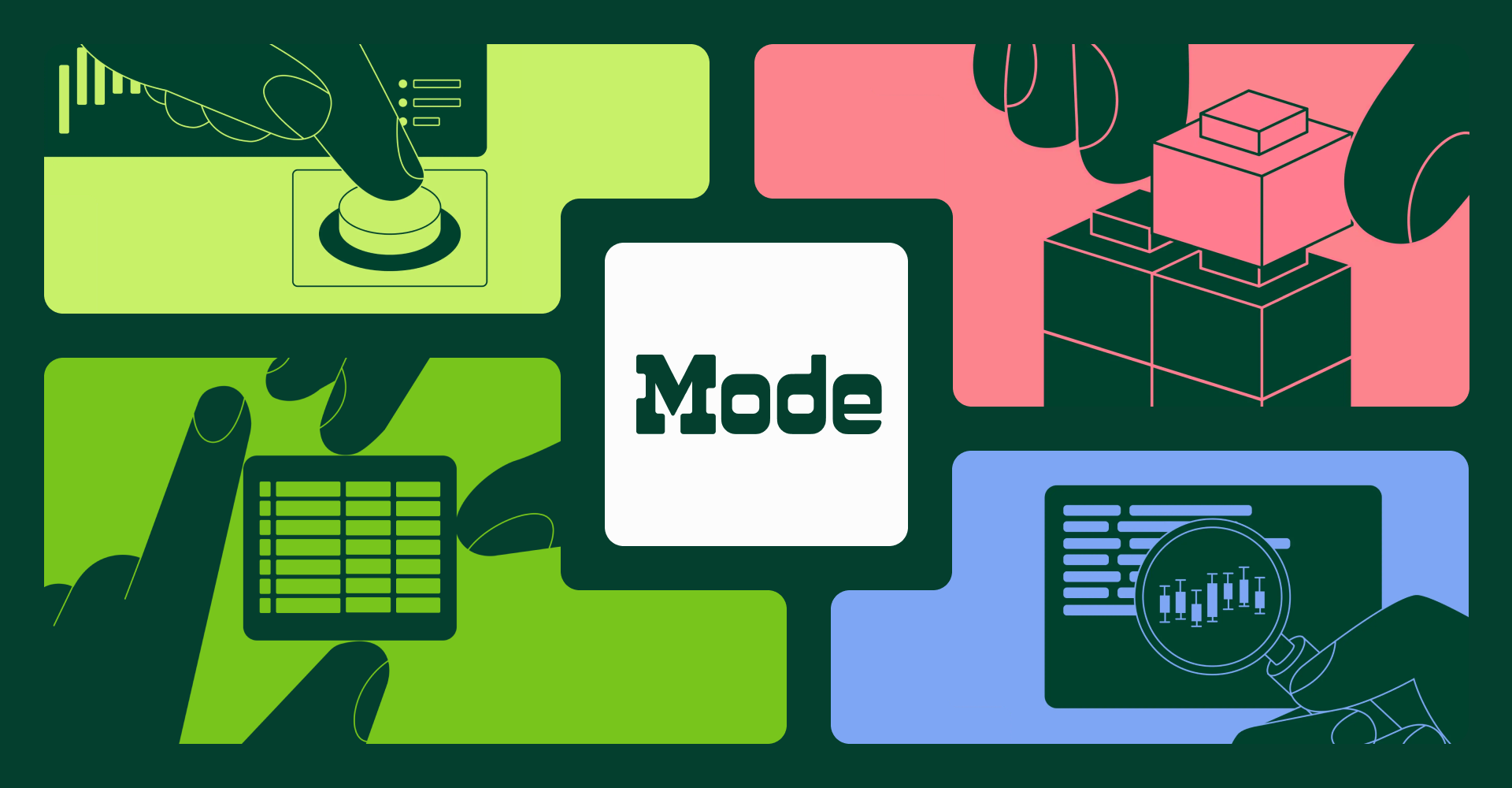An old baseball coach of mine used to say “that's a million-dollar catch and a ten-cent throw” (adapted from a famous Bull Durham quote) to describe a great catch followed by a bad throw to first.
Its meaning was obvious: Even the best catches don't count if you can't make the throw to your teammate.
For analysts, it's a phrase to remember. Analysis isn't just finding insights—it's delivering them to your coworkers. Analysis can inform, encourage, entertain, and recommend. Each of these actions require others to understand your work—which requires you to explain it. Even though analysis is built on data, words—not tables and charts—are what make it effective.
The New York Times, which produces some of the best data visualizations in the world, knows this. Every interactive they produce walks readers through a story. While we can explore the data and find our own interpretations, we're never left wondering what they think.
Without the guidance of professional editors, it's easy for analysts to skip this final step. The hard and often fun part—collecting data, crunching numbers, building graphs—is done, new projects are piling up, and it can feel like the interpretation of your results are obvious anyway.
But without a good explanation, your audience may see something different in your results. They may see a different blip than the one you wanted to highlight or interpret a slope as being less severe than you do. They see a story drawn by their perspective on the problem, not the story you want to tell. Or they may see noise, or nothing at all, and decide to walk away. At best, you'll waste time explaining and correcting; at worst, everyone will unknowingly move on with diverging sets of beliefs.
So don't call a graph analysis. Analysis is a story about what's happening, an explanation about why it's happening, recommendations about what to do next, and details about methodology, caveats, and questions that have been left unanswered. Data and charts are support for these pieces. They are the frame of your house's walls—they provide structure, but can't pass as a home.
Moreover, finishing your analysis (and it is finishing the analysis, not describing finished work) has other positive effects. The process of drafting a explanation forces you to double-check your results and think about whether or not they're plausible. It encourages you to detail your assumptions, giving you a chance to think about which ones are reasonable and which may not be. And it helps you see which parts of your story come to clean conclusions, and which parts raise interesting questions. You don't know where your story is thin—or where it should go next—until you write it.
For many, technology, advanced statistics, and beautiful visualizations are the sexy part of analysis—they're the catch that makes the SportsCenter. But a bad throw, no matter what came before, is still an error. So don't celebrate until you tell the story—and finish the play.






![Introducing Mode's Visual Explorer [Webinar]](https://images.ctfassets.net/fi0zmnwlsnja/fB0oM3U9yxqT4Vr3IZvHN/0c7bd25d7a3804a62c53f4c8bb7bcee4/010522-Webinar-Post__2_.png?w=1200&h=629&q=50&fm=png)